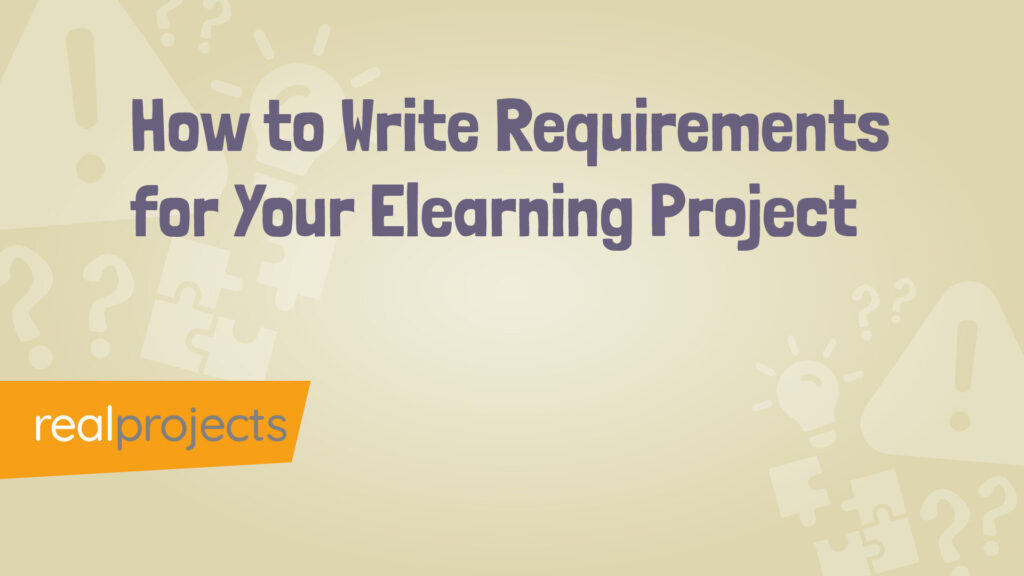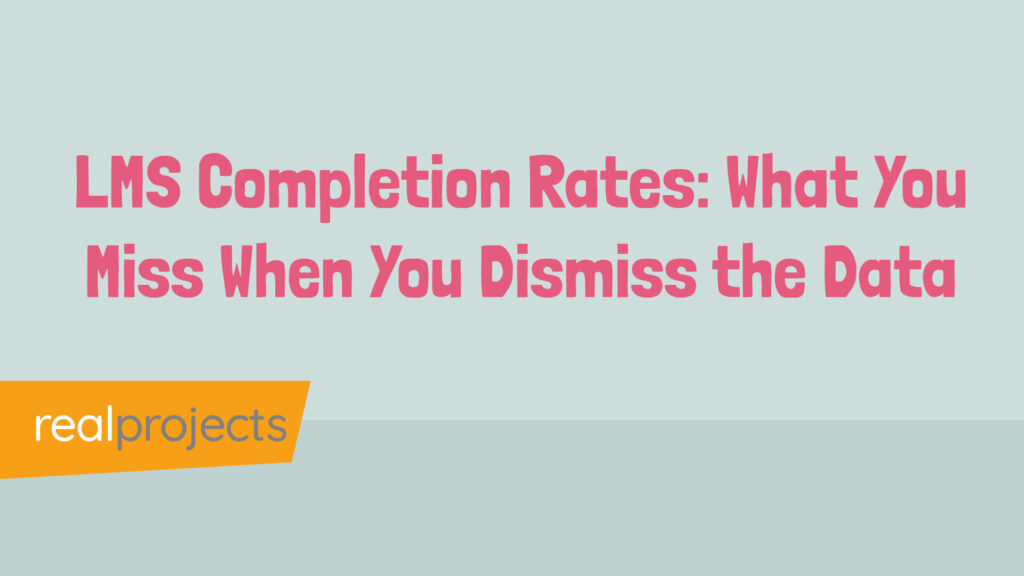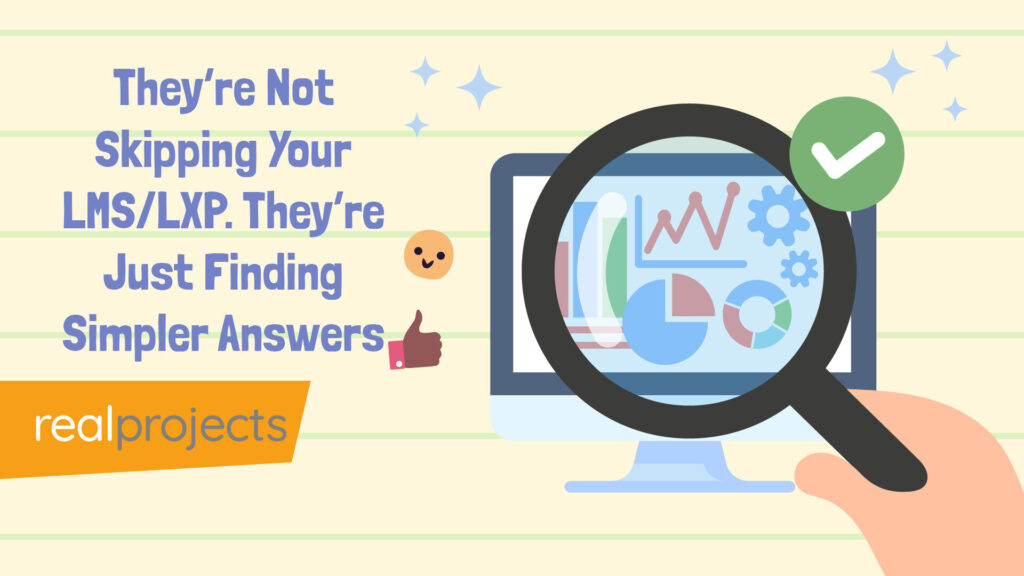Complex pricing models and the wrong content create significant barriers for organisations looking to invest in elearning.
By simplifying processes and asking the right questions, you can build a cost-effective and impactful elearning library.
- The Problem: Confusing pricing and limited content variety hinder effective decision-making.
- The Solution: Find providers offering simple pricing, scalable options, and diverse content.
- The Action: Review multiple providers, assess content usability, and stay flexible.
The impact?
Selecting the wrong content provider can lead to wasted budgets, unengaged teams, and integration issues.
Addressing these challenges at the start of your project and you are more likely to see ROI.
Are Complex Pricing Models Blocking Your Learning Goals?
Is this you? You’re tasked with sourcing new learning content for your organisation. You’ve got budget, you’ve identifed the learning gaps and the technology platform is in place.
The potential is exciting, but as you dig deeper, the challenges start to pile up.
Confusing pricing models leave you scratching your head.
Accessing course files feels like a maze. Vendors talk about connectors, downloads, platforms.
It becomes harder and harder to compare prices and users’ costs.
And the content samples? You’ve got to sign an NDA or get a few minutes per course. Do they actually meet your needs? It doesn’t need to be this difficult. You shouldn’t need to have multiple discovery calls to get a price or access to demo content.
The Challenges in Numbers
- 56% of organisations cite misalignment with business objectives as the primary barrier to purchasing learning content. (Source: LinkedIn Learning Report)
- 62% of HR professionals believe proving ROI is the most significant challenge in justifying learning investments. (Source: Deloitte Insights)
- 43% of companies face integration issues when onboarding new learning content into their LMS. (Source: Training Industry)
- 67% of employees say outdated content diminishes engagement and perceived value. (Source: SHRM)
- 48% of organisations report high upfront costs as a deterrent to adopting new learning solutions. (Source: Brandon Hall Group)
- Companies with robust vendor support are 40% more likely to continue using purchased learning content for over five years. (Source: Gartner)
These statistics highlight just how complex the decision-making process can be for organisations looking to invest in learning content.
But it doesn’t need to be like this.
Simplify the Process – Don’t Get Confused By Pricing Models
The key to overcoming these barriers is clarity.
Choose providers with transparent pricing that grows with your organisation, not against it.
Ensure their content is easy to deploy, with files, thumbnails, and metadata readily accessible.
And don’t stop at the glossy samples or the presentation videos that you see at Learning Technologies, World of Learning or the other exhibitions.
Dive deeper into their library to ensure you’re getting quality and variety that matches your team’s needs.
Scott Hewitt asks, “The most common barrier organisations face when buying learning content is that pricing models are too complex. Why is it so difficult for buyers to understand the actual cost of elearning content? Can content providers simplify this by offering clear contracts and pricing models?”
Think of Learning Content Like Buying Clothes!
Much like a capsule wardrobe balances essentials with statement pieces, your content library can blend off-the-shelf courses with tailored options.
This way you are not busting all of your training budget on one piece. Look around – you’ll be surprised by the variety in custom prices. You’ll probably be paying for the account manager, project manager and all the admin. The meetings and lunch might be nice – but check out who ultimately pays – the client.
A single provider might not cover all your bases, so mix and match to meet diverse needs.
And watch your budget, spending it all in one place could limit your flexibility down the line.
Scott Hewitt asks, “To get the right mix of learning content, are organisations clear about how much content actually costs? Are they obtaining a range of quotes and exploring multiple vendors to meet diverse requirements?”
The Power of a Balanced Content Strategy
One organisation embraced this balanced approach, investing in a mix of off-the-shelf courses and customised solutions. Not only did this meet their immediate needs, but it also allowed for scalable growth, making content discoverable for their teams and ensuring relevance over time.
Anticipate Challenges, Stay Flexible
Engage actively to influence the elearning roadmap, ensuring it aligns with your goals. If issues arise, know your options if the roadmap is delayed.
But. Beware of overcommitting to a provider’s roadmap—it may promise future content but could face delays.
Some providers even offer custom courses at competitive rates, an often-overlooked benefit.
Scott Hewitt asks, “When managing budgets, how often are organisations factoring in additional costs like other libraries or unexpected content needs? Are buyers aware of the risks of overspending on custom content or the potential for significant price increases in the second year?”
Here’s What to Do Next:
- Evaluate pricing models for simplicity and scalability.
- Confirm ease of access to files, metadata, and thumbnails.
- Look beyond samples—review a broad selection of content.
- Balance library and custom content for maximum value.
- Engage with providers to influence their content roadmap.
- Explore customisation options tailored to your organisation.
- Understand refund or support policies for unused content.
Your organisation deserves content that works as hard as you do.
By addressing these potential barriers head-on, you can build a elearning library that’s cost-effective, accessible, and perfectly suited to your team’s needs.
Questions
Q: What are the biggest barriers to learning?
A: The biggest barriers include lack of time, unclear goals, insufficient support, and inaccessible content. Misaligned learning options, high costs, and technical difficulties also prevent effective learning.
Q: What are the barriers associated with learning?
A: Barriers include outdated materials, language or cultural mismatches, limited engagement, and technology issues. Organisational misalignment and a lack of clear objectives often exacerbate these challenges.
Q: What is the biggest challenge of online learning?
A: The biggest challenge is engagement, learners may struggle to stay motivated without face-to-face interaction. Technical difficulties, lack of personalisation, and insufficient support also pose significant hurdles.
Q: What are the barriers to elearning?
A: Barriers include complex pricing, integration issues, low-quality content, and insufficient variety. Poor user experience and a lack of accessibility can also limit elearning’s effectiveness.



